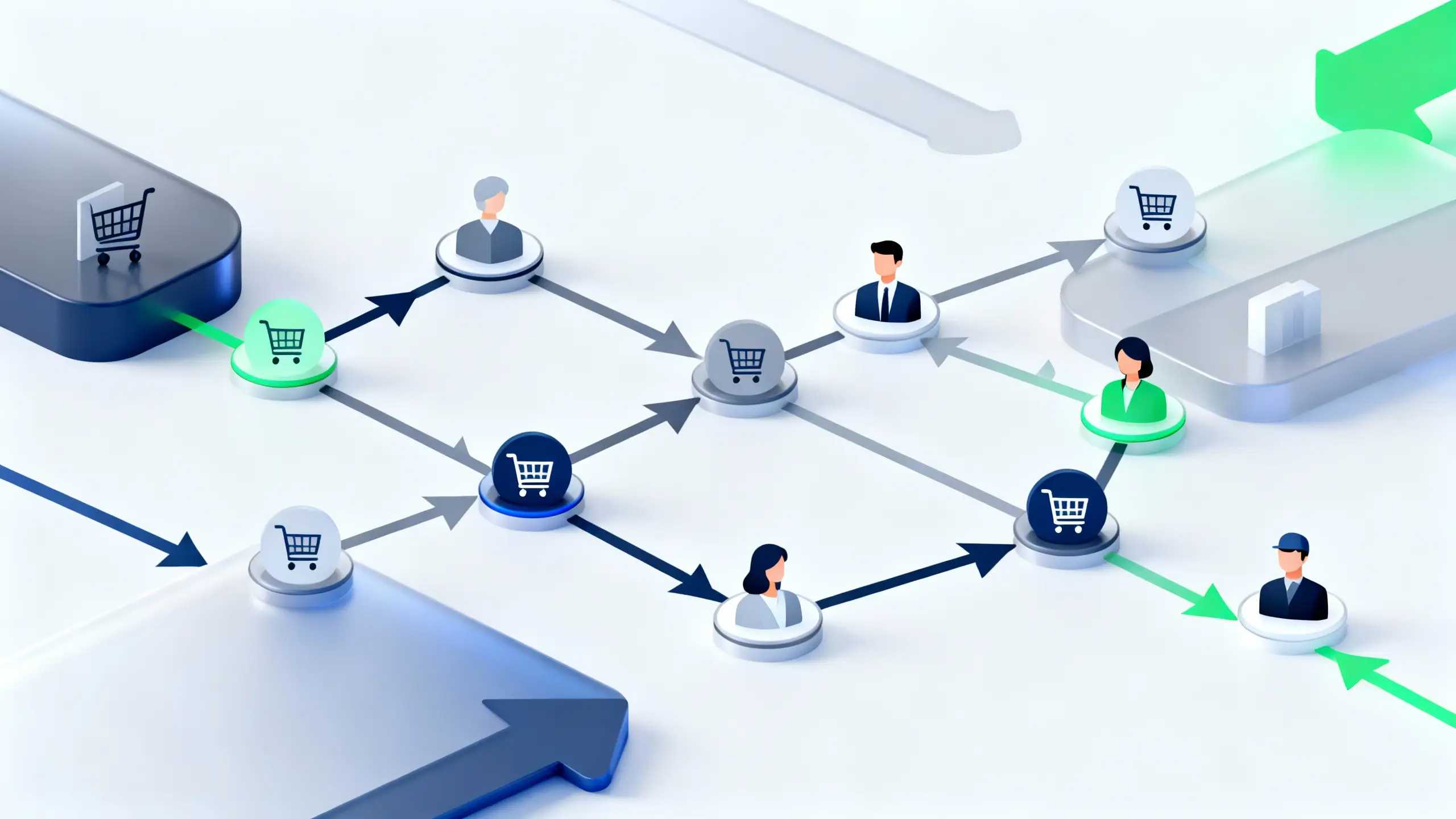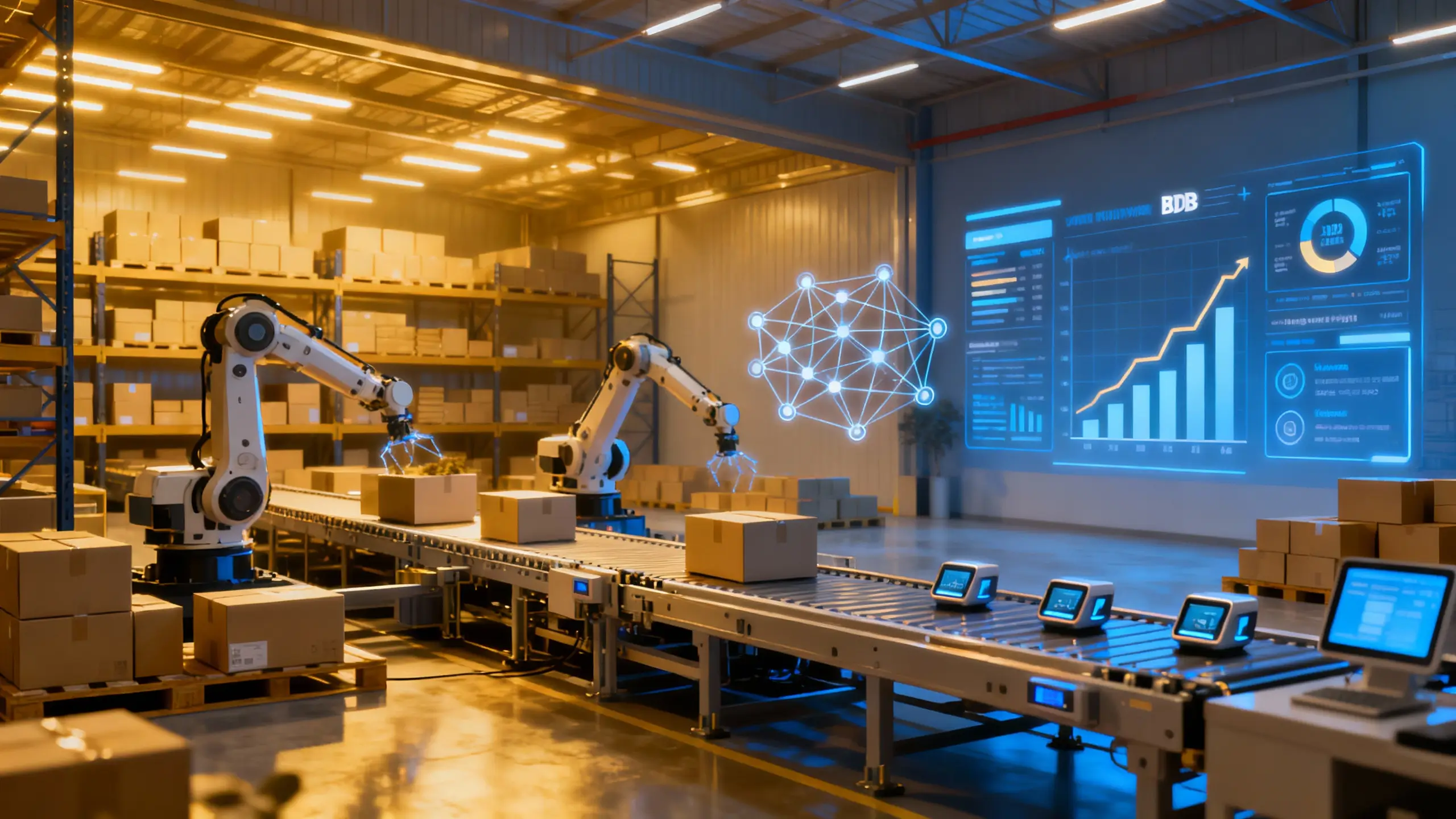Get In Touch
Email Us
info@aporios.comAPORIOS
APORIOS
APORIOS


Automation in ecommerce transforms the way brands launch and promote products. Imagine a new product dropping on Instagram:
There’s no need for team members to copy-paste links or double-check stock. Every post features the latest pricing and availability since your product catalog syncs in real time.
Automation enhances every stage of your customer’s journey:
Set key performance indicators before rolling out automation. Consider tracking:
By automating repetitive posting and tracking, your team can focus on creating content that truly drives results.
For more workflow strategies, explore multichannel scheduling.
Product drops don’t wait for office hours. With a proper automation stack, the right posts go live on every platform, tailored for each audience, even while you sleep. Templates let you preload launch teasers for Instagram and carousel highlights for Facebook, using each channel’s strengths.
Shoppable post automation saves time and avoids broken links. Sync products to posts, auto-generate tags, and route traffic straight to the right product detail page. When shoppers add to cart but don’t buy, set up retargeting that shows dynamic creative on their timeline. Make it personalized by featuring the exact items they left behind.
Send DMs about restocks or markdowns to opted-in followers—works best for hot sellers and limited editions. Repurpose user-generated content: track rights, queue posts, and credit creators with every share. If you’re managing multiple stores or regions, keep calendars and timing coordinated using multichannel scheduling tools.
Test your setups with split campaigns and refactor your flows often. For deeper guidance on scheduling, see advanced multichannel scheduling.
You click to post a product update and your storefront syncs in seconds. No CSVs, no copy-paste. For this kind of smooth social media automation for ecommerce, the right stack connects everything.
Start with native integrations. Your social tool should pull catalog, inventory, and product variants straight from Shopify, WooCommerce, or BigCommerce. Look for schedulers with approvals, cropped image presets for IG and TikTok, and multi-account support.
Install pixels and use CAPI so social ads get proper purchase signals. Sync your segments—like lapsed buyers—to social audiences for retargeting and lookalikes. Not all tools handle this cross-platform data well, so check for robust mapping and testing options.
Need velocity? Use AI social posting to draft captions and batch images from your latest drop. API access and webhooks will trigger campaigns the minute something goes back in stock or a promo is live.
Tool tip: Build workflows faster - No code workflows to connect your ecommerce and social apps.
Day one, open up your analytics dashboard next to your social profiles. Start by auditing every active channel and mapping how shoppers find you, browse, and buy. Make a list of key conversion events: clicks, adds to cart, purchases. Lock down what metrics you’ll track, like CTR or assisted revenue.
Next, connect your product catalog and inventory to your social scheduler. Add pixels and CAPI to every step of the journey, then set up your naming convention for UTM parameters. This keeps tracking clean.
In week three, launch your first minimum viable workflows. Schedule basic product posts. Turn on abandoned cart retargeting using product feeds.
By week four, automate shoppable posts with dynamic links direct to your PDPs. Add UGC workflows so creator content lands on your storefront or feed smoothly.
Keep iterating: test different post formats, tweak frequency caps, and tidy up your audience exclusions. If you need help rolling out coordinated multichannel updates, see this quick [multichannel scheduling guide].
Which channels work best for online store social automation?
Instagram and Facebook are top picks for shoppable features and robust catalog syncs. TikTok is space for viral discovery if your customer base skews younger. Pinterest converts especially well for home, fashion, and decor. Prioritize the channel where your shoppers already browse and buy.
How do I measure revenue impact from social automations?
Always use UTM tags on links and set up conversion pixels. Track assisted conversions, click-through rates, and last-click revenue inside your ecommerce dashboard. Map attribution from first touch to final sale.
What is a safe posting cadence without hurting reach?
Most shops do well with 3–5 tailored posts per week per channel. Automate evergreen updates, but mix in timely promos only as needed. If engagement drops, slow down—watch your analytics for fatigue.
Do shoppable posts hurt site SEO or tracking?
Not if you use proper deep links and trackable URLs. Platforms like Instagram and Facebook Shopping are designed to send users to your PDPs with UTM or pixel attribution intact. For more tips, check out our [multichannel scheduling] for best practices.


